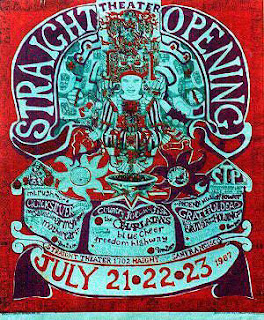Even as I explore some of these buildings with obvious disdain for the egotism involved in the process of making a monument, I can't help but realize that without them civilization would not have progressed. Being a student of history, I have learned that a society needs its scoundrels in order to move forward and grow. We need the opportunists, the financially aggressive, the seemly cold-hearted real estate developer, and the basic overall white collar villain in order to push the boundaries and wake us up to future possibilities. Keep in mind that at times they can be very lovable and generous in their charitable contributions. So, we love them, fear them, and need them. If we did not have this personality characteristic in the gene pool, we may still be rubbing sticks together to make fire.
A perfect example of what I am talking about is Andrew Carnegie, 1835-1919. He was a great man who left a legacy of wealth that continues to feed the hearts and minds of the common man with art, entertainment, and literature. Starting life as a poor, immigrant factory worker, Andrew Carnegie's fortunes rose to epic proportions through the development of steel. He not only revolutionalized the world with the use of steel, but he also gave back to the community by building Carnegie-Melon University; Carnegie Hall; and many other libraries, museums, and universities throughout the United States. If you see the name Carnegie on a building, it probably has its roots in the charity of Andrew Carnegie. No one can dispute his impact on our society. He is well known for his statement that he was born a poor man and he wished to return to the grave a poor man. Another one of his great sayings is, "I would as soon leave my son a curse as the almighty dollar." Later on in life his view on money must have changed. After all, you can't take it with you when you leave this world.
Andrew Carnegie was well loved for his generosity, but i think there was another side to this story that is overlooked. How did he make all that money? How did he rise from the ranks of a factory worker to reportedly becoming the second wealthiest man in the United States? There is only one answer; there is more to this legend than meets the eye. Can someone amass that amount of money without stepping on the backs of others? In order to bring opportunity to his investments, did he coldly cut off the prospects of others who were diligent workers and just looking for a break? How much money did he make off the backs of poorly paid steel workers living paycheck to paycheck? How many people actually feared Andrew Carnegie and viewed him as a terrible man with seemingly limitless power?
To bring my point home and finish this Soap Box Saturday post, Andrew Carnegie was loved, feared, and desperately needed by our society in order to move us forward. I'm not saying that Andrew Carnegie was a bad man, that is very a subjective judgment. I'm saying that he was a necessary man. Our society needs its greedy; egotistic; and, in an attempt to atone, its charitable builders of empires. If for nothing else, we need them to give us grand structures to marvel at for years to come.
 |
| Andrew Carnegie, Captain of Industry |






